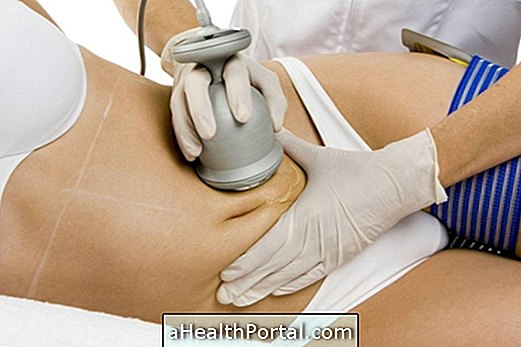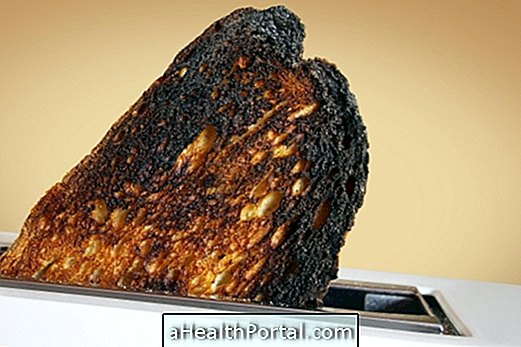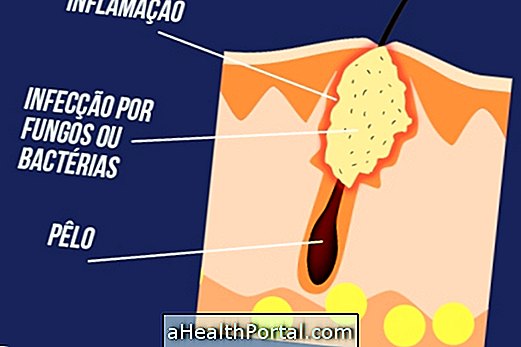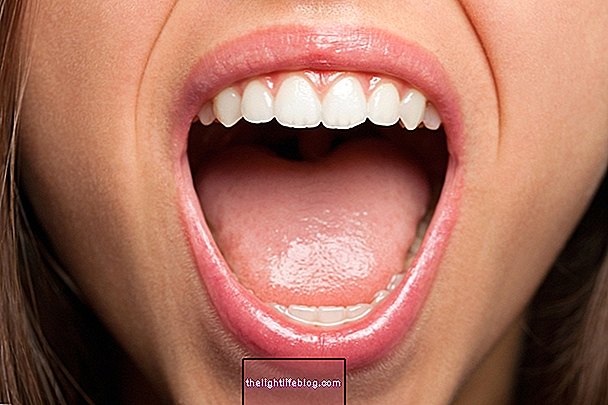Lipocavitation is an aesthetic procedure whose results can be noticed progressively, which serves to eliminate localized fat in the belly, thighs, flanks and back, through an ultrasound device that helps to destroy the accumulated fat.
This procedure, also known as lipo without surgery, does not hurt and helps to lose volume, getting a more shaped and defined body, besides helping to improve the appearance of the skin and decrease cellulite. However, although it is a low risk procedure, it can cause burns to the skin or increase of bad cholesterol, and it is important that the procedure is performed by a qualified person.
After each lipocavitation session, a lymphatic drainage session and aerobic physical exercises are recommended to ensure the elimination of fat, avoiding its deposition in other areas of the body. In addition, it is important to have a balanced diet to avoid the accumulation of fat again.

Price of lipocavitation
The price of lipocavitation varies according to the place where the procedure will be done, the professional and size of the area to be treated, and can cost between R $ 150 and R $ 800.00 per session.
How is it done?
The procedure to be done in an aesthetic clinic or office of a dermatofunctional physiotherapist, for example, and takes on average 40 minutes. The person should put one on a suitable surface with underwear, then the professional will apply a gel over the area to be treated.
After placing the gel, the equipment is placed in the region to be treated, and circular movements are performed. This device emits ultrasound-like waves that penetrate fat cells and stimulate their destruction, directing the cellular debris into the blood and lymphatic vessels to be eliminated by the body.
This procedure is simple and painless, however during the procedure the person hears a noise that is generated by the equipment.
The number of lipocavitation sessions varies according to the person's goal and amount of accumulated fat, and it is usually necessary to perform 2-3 sessions. When the area to be treated is very large or contains a lot of fat, up to 10 sessions can be recommended, which should be performed at least 2 times a month.
Results of the sessions
Normally, lipocavitation results are seen on the first day of treatment and progressively occur, with up to 3 sessions usually required for the final result to be perceived.
Lipocavitation eliminates about 3 to 4 cm on the first day of treatment and, on average, 1 cm in each session. After each session, it is necessary to practice physical exercise and lymphatic drainage until 4 hours later, as well as maintaining a proper diet to avoid that the accumulation of fat occurs again. Here are the precautions you should take to ensure the results of lipocavitation.

When lipocavitation is indicated
Lipocavitation has several benefits and directly interferes with self-esteem, ensuring a sense of pleasure and well-being. Thus, this procedure is indicated for:
- Eliminate localized fat in the belly, flanks, culote, thighs, arms and back, which have not been completely eliminated with diet and exercise;
- Treat cellulite as it "breaks" the fat cells that form the unwanted "furinhos".
- Modeling the body, losing volume and making it slimmer and defined.
Between each session the person should wait 4 days for the fat to be completely eliminated from the body through the urine and faeces so that the result can be perceived.
Who should not do
Lipocavitation is not indicated for obese, diabetic, hypertensive people who have heart, liver or kidney disease, as well as phlebitis, high cholesterol, epilepsy and paralysis. This procedure is also not recommended for people who have dentures, metal plates or screws in the body, varicose veins or inflammatory processes in the area to be treated, women with IUDs and pregnant women.
However, if you have any of these problems and wish to perform a lipocavitation you should consult your doctor and follow their indications. In addition, the procedure can be performed during menstruation, however, blood flow should increase.
Risks of Lipocavitation
Although it is considered a safe procedure, lipocavitation has some risks, such as increased cholesterol, since the procedure stimulates the release of fat into the bloodstream, which is associated with a high fat diet, leading to an increase in cholesterol. cholesterol in the bloodstream.
In addition, the person can return to fat because the fat can be deposited in another region of the body, so it is recommended that the person perform physical activity up to 4 hours after the procedure.
Lipocavitation poses no risk to health when it is performed correctly and when the person respects their contraindications. However, the professional in charge of the procedure must be aware of the temperature of the appliance so as not to cause burns. See what the dangers of lipocavitation are.
























